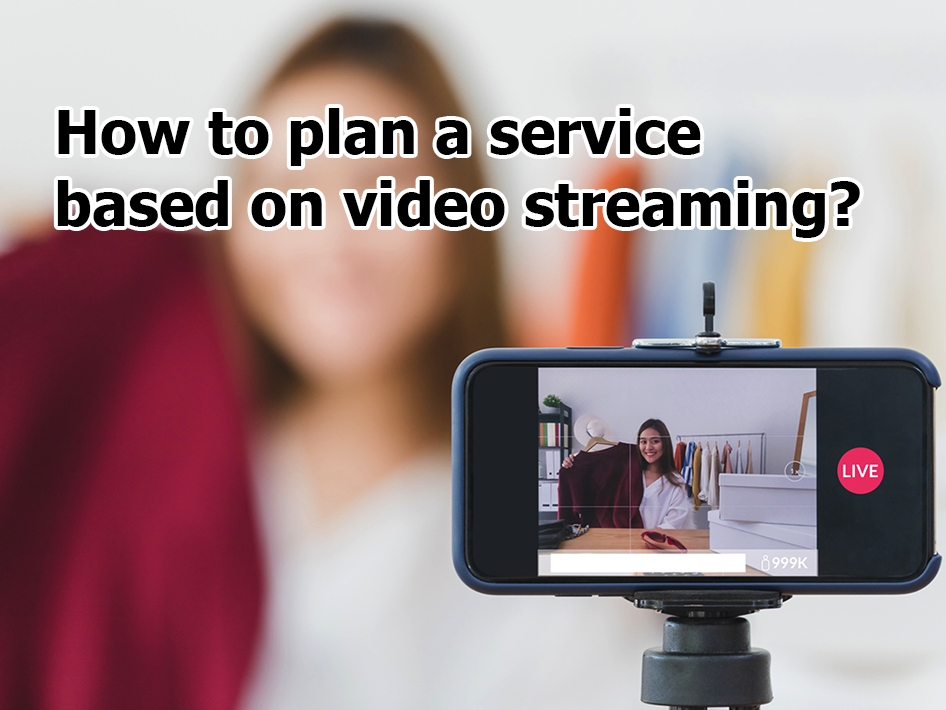How to plan a service based on video streaming?

The real-time video streaming service itself must not, of course, “hang” in the air. We need a platform that will provide our clients with convenient access to it. Today we have basically three options that can be combined with each other or gradually supplemented.
Classic website
The first option is, of course, a classic website or service in the case of more complex structures. Undoubtedly, it is technologically the simplest, but also the cheapest option, which is a good bridgehead to start your business. How should such a website be designed to fulfill its role well? This is obviously a topic for a book, but when focusing on video streaming, the emphasis must be on the convenience and scalability of the interface. This is especially true for those websites that, apart from video, also offer a chat function. One of the fundamental design problems is matching the media to our client’s device. It is all about the ratio of the screen aspect ratio to the video itself. Today, most computer monitors or laptops have an aspect ratio similar to the 16:9 standard. The same proportions can also be found on all modern televisions. However, the problem arises when we want to transfer materials prepared for such devices to a mobile environment. We consume multimedia content on smartphones differently, most often holding the phone vertically. Many popular websites such as Instagram or TikTok present their multimedia in inverted aspect ratios close to 9:16. As these services are based mainly on traffic from mobile devices, it is a natural decision. Nevertheless, this type of material is much worse viewed on computers. In the case of YouTube, the video area keeps the original aspect ratio, but as a result, it only occupies a small (1/3) part of the screen. The user can flip the screen to get landscape mode, but this is not the preferred way for a large proportion of people to watch video.
Mobile application
The second important platform is mobile applications. Of course, we always talk about two applications due to the market division between Google (Android) and Apple (iOS) operating systems for years. Mobile applications have several significant advantages over classic websites. First of all, they are generally easier to use (somewhat due to the smaller user interface). You can also use gestures, where even in the case of a very complex website, achieving similar effects is very difficult. Unfortunately, creating a good mobile application is much more difficult than a typical website, and the cost of a single application can easily exceed the amount needed to build even an advanced website. In addition, it is also necessary to create a backend for our application, i.e. the server layer that will handle all inquiries and processes such as logging in and registration. In the case of building a website, this element is created automatically, so the recommended approach is first to make a good website and then expand it with dedicated mobile applications. As for the streaming itself, the comments are the same as in the case of regular websites. We have to decide in what format we want to broadcast the image and adapt the interface accordingly.
Smart TV application
The third and least chosen platform is the so-called SmartTV, i.e. TV sets based most often on Linux, Tizen, or Android or tvOS operating systems. For most of these systems, software development is very similar to mobile application design (same tools). The main difference, however, is the way of interaction, which is limited to a pilot, which is quite a limitation. Creating applications for SmartTV platforms is recommended primarily for services that do not require too much user interaction. An example is the application of a football club that shows the matches of its team online. On the other hand, the video purchasing system or online auctions will perform much worse here.